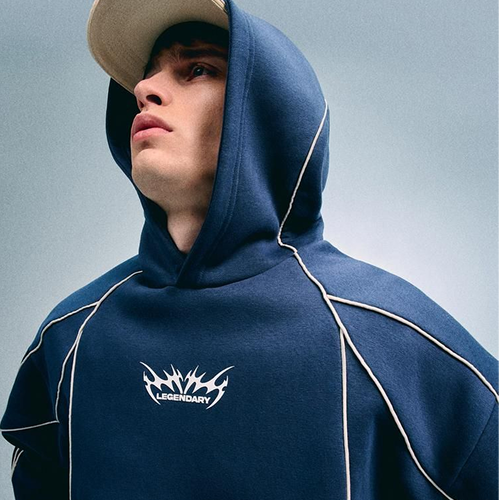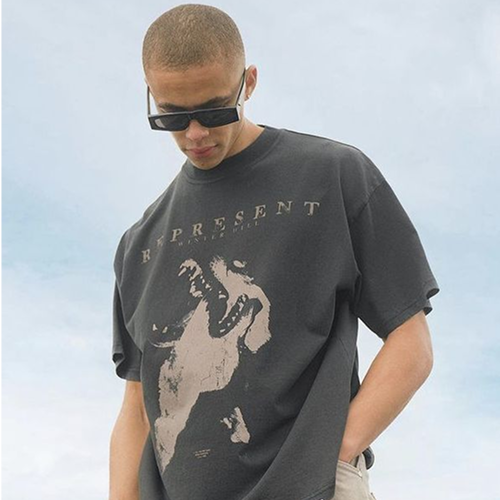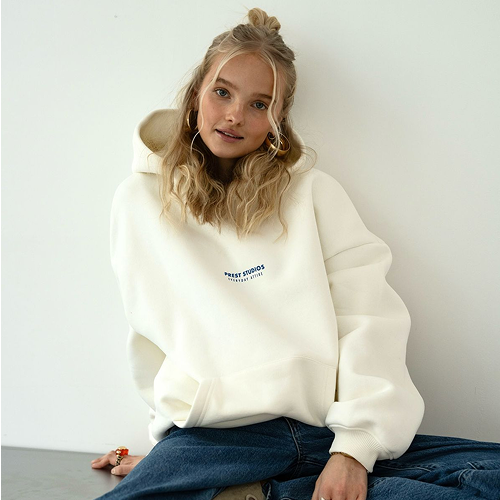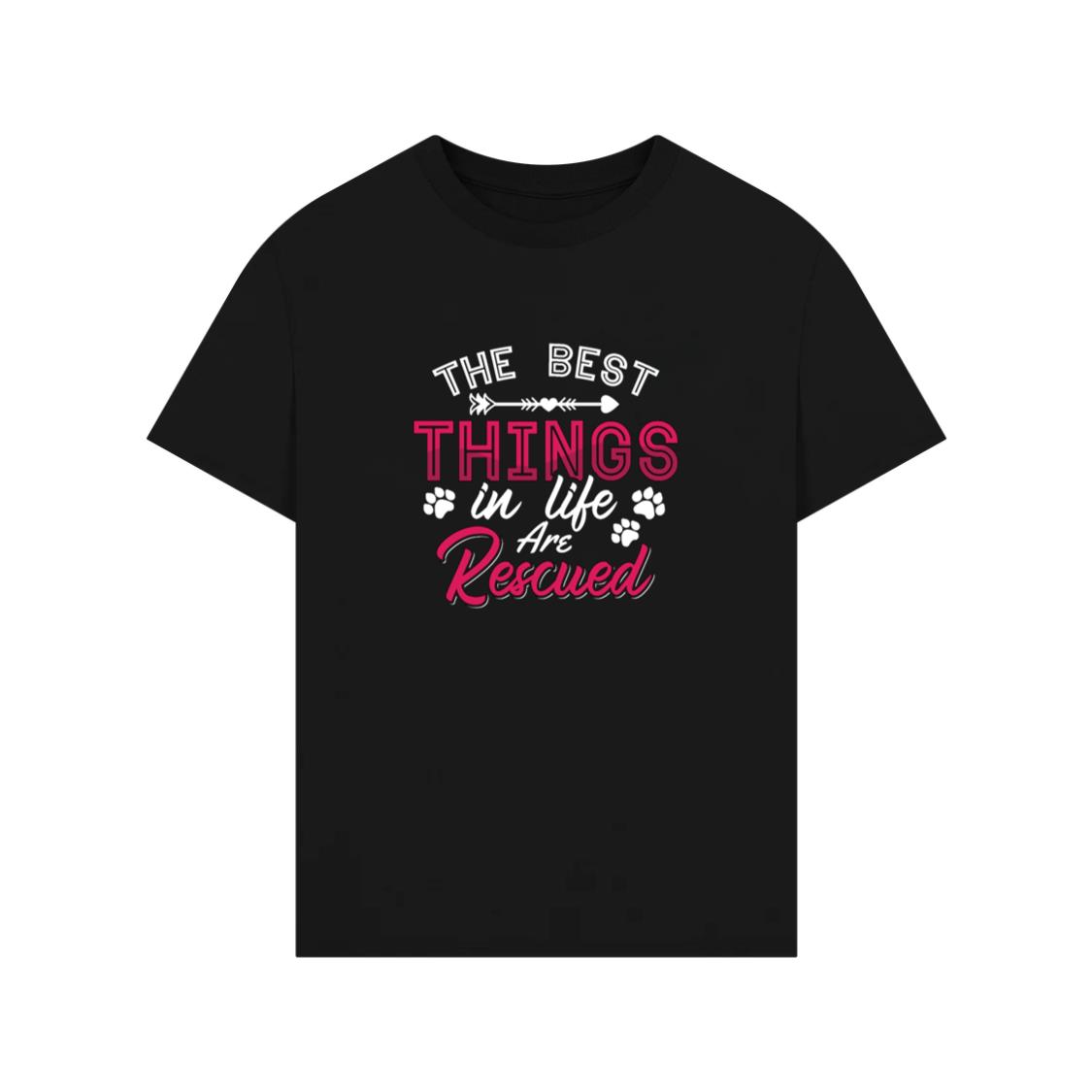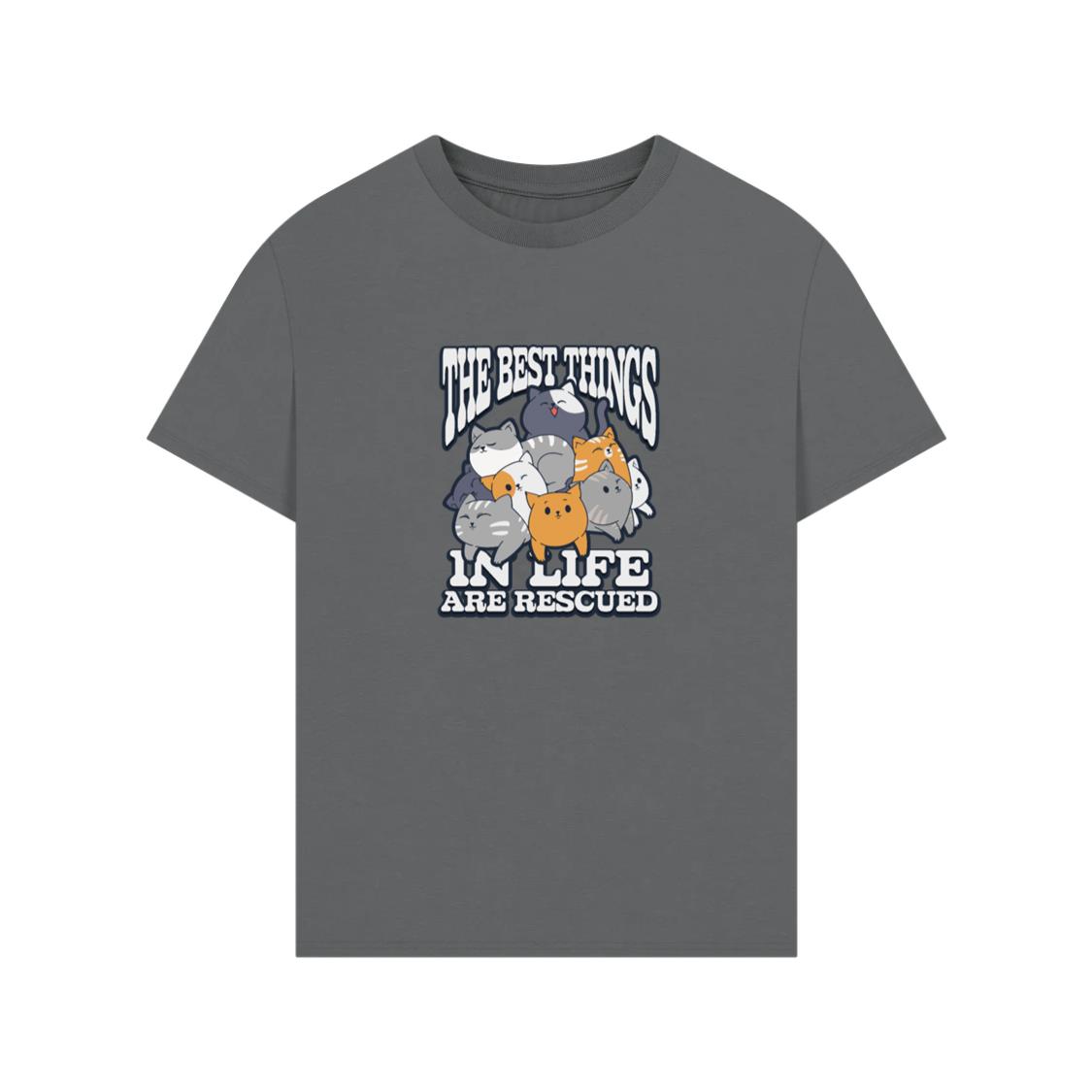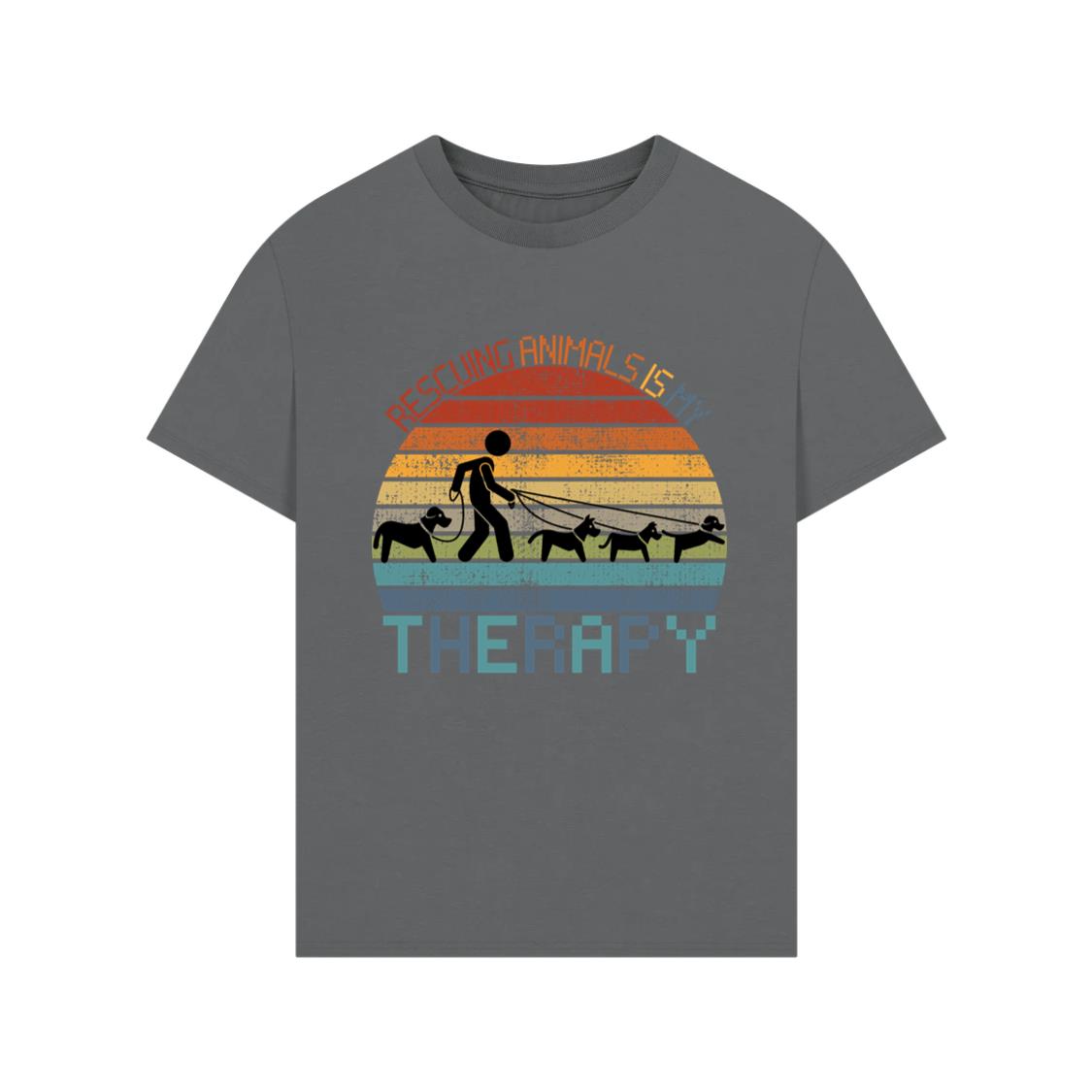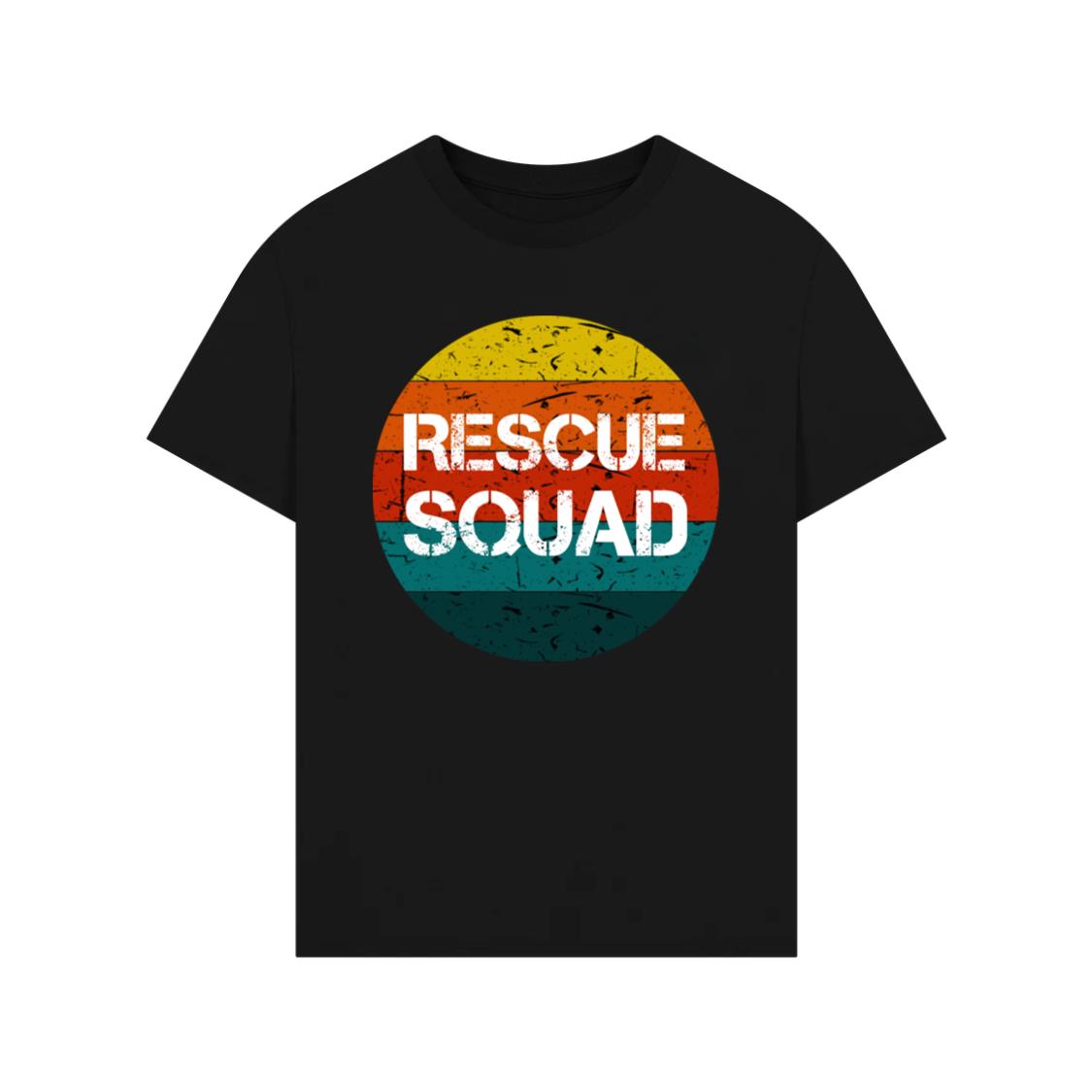(~4000 words)
Introduction: When Silence Became the Statement
Once upon a time, fashion shouted.
Brands splashed their names across chests, sleeves, and sneakers. Logos screamed for attention, signaling status, tribe, and aspiration.
But then something unexpected happened: people got tired of the noise. They began to crave quiet — authenticity over advertisement, texture over typography. Thus began the rise of blank streetwear — the minimalist rebellion against fashion’s logo addiction.
The movement didn’t start on a runway; it started in everyday life. In local cafés, art studios, and on Instagram feeds filled with muted tones. The new uniform of cool wasn’t loud — it was effortless.
This is the story of how T-shirts without logos came to represent a deeper, more personal kind of style — one that speaks in whispers, not shouts.
1. The Logo Era: A Loud Beginning
To understand the blank revolution, we must revisit the era it reacted against.
In the 1990s and early 2000s, fashion became a playground for brand obsession.
Think Tommy Hilfiger, FUBU, Supreme, Gucci, LV, Abercrombie — every chest and cap was a billboard. Wearing a logo wasn’t just style; it was identity.
Logomania symbolized aspiration and belonging. A logo meant you had arrived — or were trying to. Streetwear fused with luxury, and suddenly the lines blurred: was it rebellion or conformity?
For a while, the louder your outfit, the stronger your social presence.
But as the world became saturated with branding — from social media feeds to city skylines — something shifted. The human eye and spirit both began craving stillness.
2. The Minimalist Turn
Enter the 2010s, when a new kind of fashion thinker emerged. These were the wearers who didn’t want to be defined by corporations or slogans. They sought clothes that aligned with how they actually lived — clean, adaptable, and comfortable.
Designers responded. Labels like COS, Everlane, John Elliott, Fear of God Essentials, and A.P.C. began releasing logo-free collections focusing on material, silhouette, and proportion.
Suddenly, the white, gray, or sand-toned T-shirt — devoid of branding — became the new flex.
Minimalism had become rebellion again.
Blank streetwear wasn’t just an aesthetic; it was an attitude. It said: “I don’t need a logo to prove my worth.”
3. The Cultural Undercurrent: Authenticity > Attention
Social media, ironically, fueled this quiet revolution. As feeds filled with self-promotion and consumerism, authenticity became the new currency.
Wearing a blank T-shirt became a quiet protest against digital excess.
It suggested confidence — the kind that doesn’t rely on validation.
The silent fit became a new archetype: an outfit that looked intentional but effortless — the perfect drape, the perfect tone, the perfect proportion.
Influencers and artists like Kanye West, Jerry Lorenzo, and Pharrell Williams shifted the conversation. Their outfits weren’t logo-heavy; they were about form, layering, and tone.
This wasn’t “anti-fashion.” It was post-fashion.
4. Material as Status
When you remove the logo, something else must speak. And that’s where material and craftsmanship take the stage.
A blank T-shirt’s value lies in the unseen:
- Cotton density — heavier fabric drapes better, lasting longer.
- Weave quality — fine combed or ring-spun cotton feels softer but resists wear.
- Dye treatment — garment-dyed pieces achieve depth of color impossible with mass production.
Brands like Reigning Champ, Les Tien, Sunspel, and Lady White Co. elevated the basic tee into an object of obsession. Their focus wasn’t visual noise but tactile pleasure — the luxury of feel.
In this new landscape, touch replaced logo as the ultimate signature.
5. Blank Doesn’t Mean Boring
Minimalism has often been misinterpreted as dull — a beige blur of sameness. But blank streetwear refutes that completely.
It thrives on shape, proportion, and layering. Oversized silhouettes meet cropped pants; boxy tees meet relaxed denim. Neutral tones combine in sophisticated gradients.
The artistry lies in restraint. Like a musician who pauses between notes, blank fashion uses space and silence as part of the composition.
A clean tee with structured trousers or wide-leg sweatpants speaks volumes — not because of decoration, but because of confidence in simplicity.
6. The Influence of Kanye and the High-End Blank
Few individuals shaped this movement more than Kanye West. His YEEZY collections redefined the blank aesthetic: earthy palettes, distressed cottons, boxy silhouettes. The focus wasn’t the brand — it was the body, the attitude, the mood.
Kanye’s approach inspired a generation of designers — Jerry Lorenzo (Fear of God), John Elliott, Matthew Williams (Alyx) — to pursue the same raw, spiritual minimalism.
High fashion, long addicted to logos, took note. Suddenly Balenciaga, Maison Margiela, and The Row were releasing collections that looked eerily simple — but cost thousands.
What used to be basic was now elite.
7. The Quiet Flex
Streetwear has always been about signaling. But now, the signal is subtle.
The quiet flex — a concept born from minimalist culture — celebrates understatement as sophistication.
You know the quality not because it screams, but because it whispers:
- A perfectly weighted cotton blend.
- A hemline that sits just right.
- A neckline that holds its shape.
To outsiders, it’s “just a T-shirt.”
To insiders, it’s a statement of taste.
Blank streetwear has become the modern status symbol — one rooted not in wealth, but in awareness.
8. Sustainability and Ethics: The Moral Minimalism
The blank revolution also dovetails with a broader shift toward sustainability.
When fashion moves slower, design becomes more thoughtful. A blank tee isn’t trend-driven; it’s timeless. You buy one, you wear it for years.
Brands like Pangaia, Colorful Standard, and Asket emphasize organic cotton, traceable production, and ethical factories. The result: less waste, more meaning.
This isn’t just aesthetic minimalism — it’s moral minimalism.
Buying fewer, better pieces becomes both a style and a statement.
9. The Psychology of Blankness
What makes a blank T-shirt so appealing in an age of expression?
Paradoxically, it gives freedom.
A blank tee doesn’t define you — it frames you. It allows your presence, your movement, your words to take center stage.
It’s clothing as neutrality — the opposite of costume. It says, “I’m here. I don’t need embellishment.”
For creatives, it’s liberation; for thinkers, it’s focus; for introverts, it’s peace.
In a chaotic visual world, blankness feels like luxury.
10. The Future of Blank Streetwear
Blank streetwear is more than a trend — it’s a philosophy that aligns perfectly with our digital age.
As AI, fast content, and endless scrolling dominate daily life, minimalism feels almost spiritual. The blank tee is the fashion equivalent of meditation — a pause, a grounding.
Future blank collections will likely merge sustainability, technology, and emotion:
- Temperature-adaptive fabrics.
- Natural dyes that evolve with wear.
- Minimalist digital fashion for virtual environments.
But even in the metaverse, simplicity will stand out. A white or gray T-shirt — digital or real — will still signal authenticity.
Because blankness isn’t emptiness. It’s clarity.

